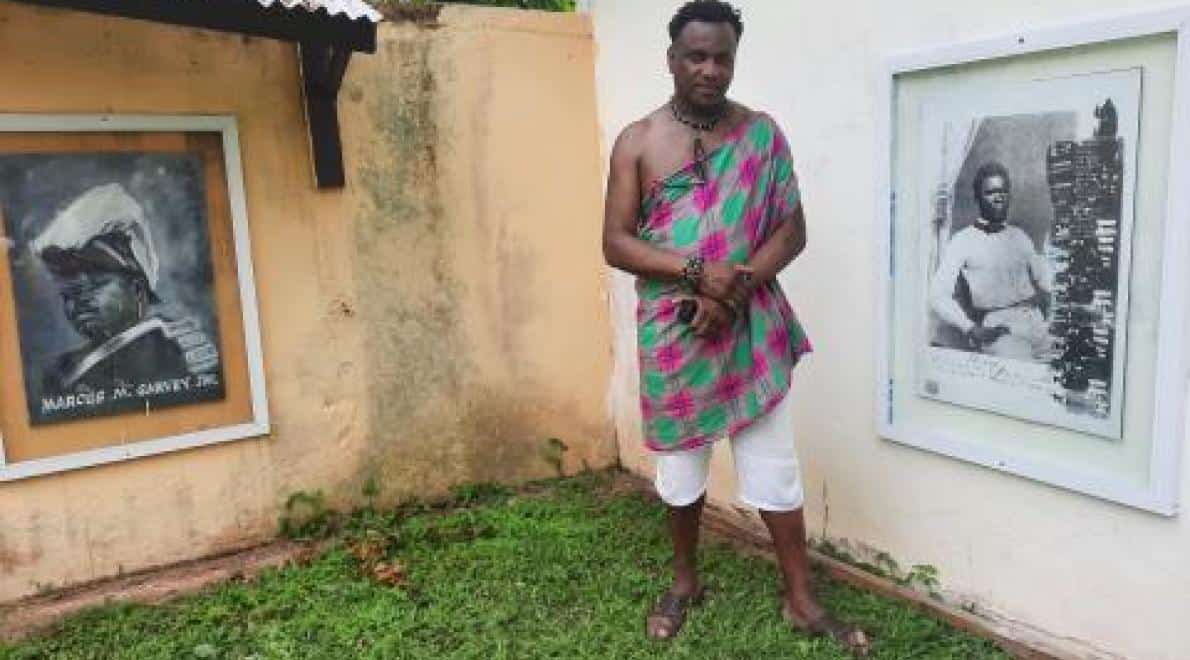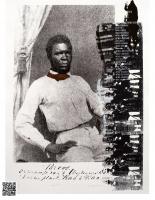Afbeelding



Door Marvin Hokstam
Het is onbegonnen werk om het verleden recht te proberen te trekken, want wie zegt dat het recht blijft? Daar zijn wij als mensen te onvolmaakt voor. (En bij deze zin zei mn spiegelbeeld tegen me "praat voor jezelf!")
Maar anyway, ik durf toch te zeggen dat er een causaal verband is tussen het ene kwaad en het andere. Fight me!
Hadden mensen zich niet laten verleiden tot het verminderen van andere mensen tot verhandelbare slaven, dan hadden mensen ook de verschrikkingen niet uitgehaald die mensen pleegden tegen andere mensen in de Tweede Wereldoorlog.
Evil is evil is evil.
De vraag is leren we van the evil that men do? Als ik de wereld bekijk, schud ik mn hoofd.
Het kwaad blijft zich maar herhalen, omdat we doen alsof het ene kwaad erger is dan het andere kwaad.
Maar ik vind dan weer vertrouwen in de wetenschap dat er altijd mensen zijn die zich verzetten tegen het kwaad.
Gisteren stond ik bij de Verzetstrijders die wisten dat ik recht had op hetzelfde bestaan waarvoor de Verzetstrijders van de 2e WO opstonden.
Evil is evil is evil
Verzet is er altijd geweest
Herdenking verdienen ze allemaal
Ik sta stil.

Broos Babel, also called Kapten Broos(1821-1880) was the leader of the Bakabusi Suma or ‘Brooskampers’, a group of Maroons who settled at Rorac, a camp behind the RacARac plantation on right bank of the Suriname River, around the abolition of slavery in 1863. A true anti-slavery hero, this 19th century Surinamese freedom fighter spent his life opposing oppression
The Bakabusi Suma lived in the forest far away from the plantations from which they had previously fled. Their habitat, also called Kaaimangrasi, was barely accessible to armed settlers looking for them. The first Maroons lived here as early as 1740.
They often fought against the white settlers and plantation owners. In 1760, a hundred years before the abolition of slavery, the Ndyuka had already concluded a peace treaty with the colonial government and were therefore free and independent.
The camp of Broos and his younger brother Kaliko (born in 1835) was located in the extensive swamps at the upper reaches of the Surnaukreek, a tributary of the Suriname River. Just before the abolition of slavery, the Brooskampers resisted a last attempt by the government to force them to return to the plantations. This with the aim of making the former slave owners eligible for the state compensation per slave. However, the patrol members failed in their intent and retreated to the Rac à Rac plantation. Captain Broos thus became a well-known Surinamese independence fighter.
Broos is the only Surinamese freedom fighter who has been photographed. The black-and-white photo probably dates from 1862 when Broos was in Paramaribo to conclude a peace agreement with Governor-General Van Lansberge. It is then that he received the title of Kapten from the government and was officially assigned to Rorac, a long-abandoned sugar plantation.
After the emancipation of 1 July 1863, the Brooskampers settled permanently in Rorac. Among them are Broos’ brother Kaliko, his sister Mandrijntje, his mother Ma Uwa and his grandmother Ma Amba, who was still born in Africa, in Ghana. Three families emerged from Broos’ camp, of which Babel and Landveld are the largest. However, the Deekman family contains the most direct descendants.
This page on AFRO Magazine is dedicated to his memory.
Descendants mounted the famed photograph at the Asen Mason memorial site in Ghana in 2021. In 2024 they returned to replace the black-and-white photograph with a colorized version.
Descendants also honored Broos' memory by starting a foundation in the Netherlands -The Broos Institute- that boasts of being the first educational institute in the Netherlands to offer university level schooling.